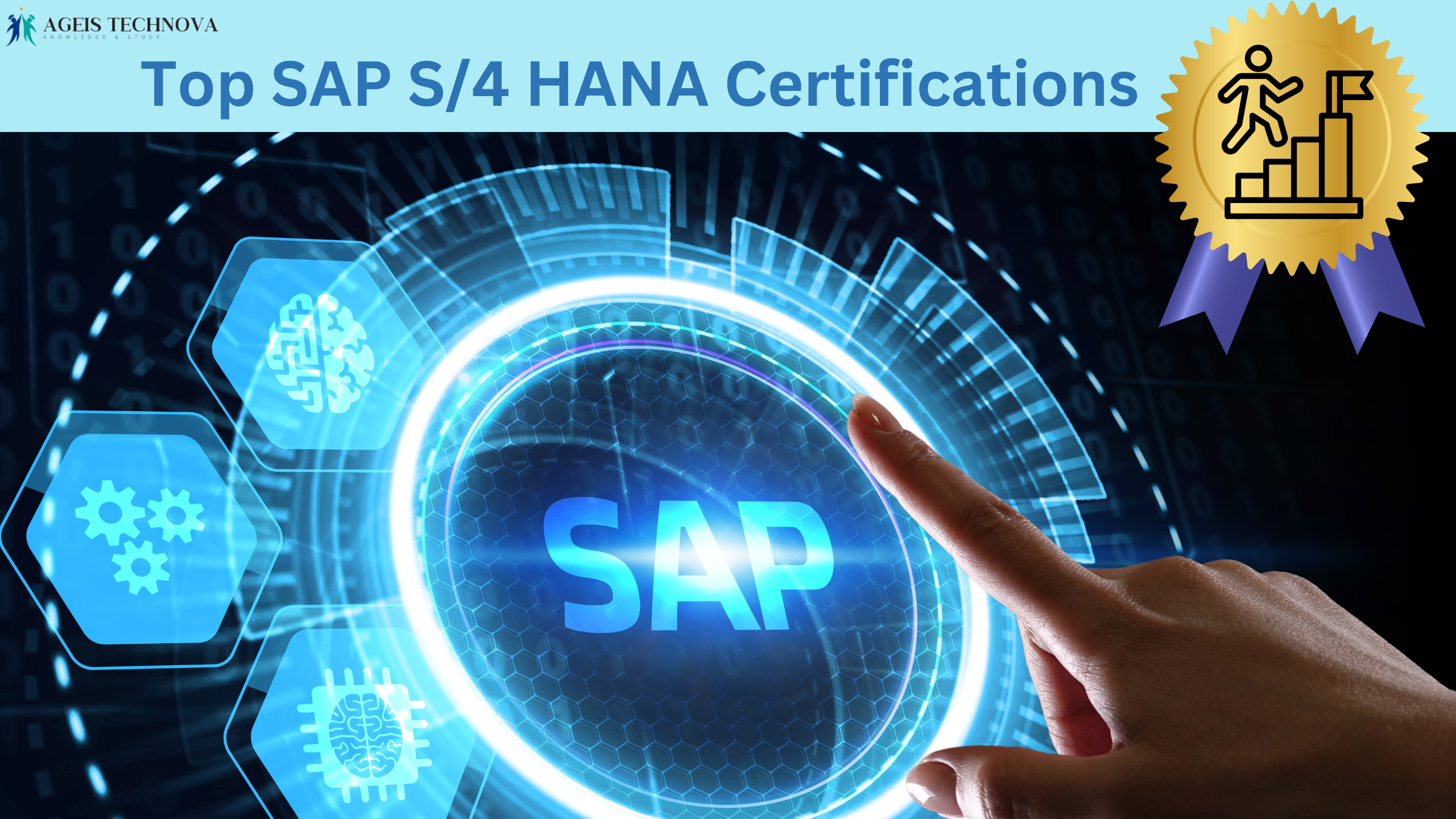Key Takeaways from This Blog on SAP PS:
-
Centralized Control: SAP PS brings all project data into one smart, unified system.
-
Real-Time Tracking: Monitor tasks, costs, and deadlines as they happen.
-
Early Alerts: Get instant notifications to act before issues escalate.
-
Seamless Integration: Works smoothly with FICO, MM, HR, and more.
-
Mobile Access: Manage and approve tasks anytime, anywhere.
-
Better Collaboration: Aligns departments with one shared project view.
-
Smarter Decisions: Use analytics, not guesswork, to stay on track.
Project management is evolving — and so should the tools we use. In a world where delays, miscommunication, and scattered data can derail even the best projects, SAP Project System (SAP PS) brings everything together in one smart, centralized system.
Let’s explore how SAP PS leads the charge in digital transformation for modern project management.
What is SAP PS (Project System)?
SAP PS is a module within the SAP ecosystem designed specifically for managing all aspects of a project — from planning and budgeting to execution and analysis.
Think of it as a command center for your projects — giving you visibility, control, and smart insights.
Why Go Digital with SAP PS?
| Challenge | Without SAP PS | With SAP PS |
|---|---|---|
| Project Delays | Detected too late | Early alerts & real-time tracking |
| Disconnected Teams | Different data in different reports | Unified view for all departments |
| Manual Reporting | Time-consuming & error-prone | Automated, real-time analytics |
| No Mobile Access | Tied to desktops | Manage from any device |
| Resource Visibility | Hard to track who’s doing what | Clear view of all team activity |
Uses of SAP Project System (SAP PS) across different industries and project types:
1. Engineering & Construction Projects
-
Break down complex projects into manageable phases (via WBS – Work Breakdown Structure).
-
Track milestones, timelines, and costs in real time.
-
Coordinate materials, subcontractors, and on-site teams through SAP MM integration.
2. Manufacturing & Product Development
-
Plan new product development stages from concept to launch.
-
Align R&D, production, procurement, and finance with a centralized system.
-
Monitor budget vs. actuals and avoid resource bottlenecks.
3. Healthcare & Hospital Projects
-
Manage infrastructure upgrades, equipment installations, or IT implementations.
-
Track regulatory compliance deadlines.
-
Use alerts for cost overruns and project delays.
4. Plant Maintenance Projects
-
Schedule maintenance shutdowns with minimal production impact.
-
Allocate resources efficiently across multiple projects and teams.
-
Link PS with SAP PM (Plant Maintenance) for full integration.
5. Internal IT & Digital Transformation Projects
-
Oversee company-wide system upgrades (like SAP S/4HANA migration).
-
Assign roles, deadlines, and budgets clearly across departments.
-
Analyze progress with SAP Analytics Cloud for smart decision-making.
6. Government & Infrastructure Projects
-
Manage public works projects with transparent budgeting and reporting.
-
Ensure compliance with public spending audits.
-
Improve interdepartmental collaboration on large-scale initiatives.
7. NGO & Grant-Based Projects
-
Track how funds are allocated and spent across regions.
-
Monitor timelines and KPIs to meet donor expectations.
-
Generate real-time reports for transparency and compliance.
Key Benefits of SAP PS – In Simple Terms
Here’s what makes SAP PS a must-have for any serious project manager:
-
📊 Real-time Tracking
Know the status of tasks and budgets as they happen — not days later. -
🔔 Early Alerts
Get notified when things go off-track, so you can act fast. -
🧩 Integration with SAP Modules
Easily connects with FICO, MM, HR, and others to streamline the entire project lifecycle. -
📱 Mobile Access with Fiori & SAC
Approve changes, view dashboards, or check KPIs on the go. -
🧠 Smarter Decisions with Analytics
Use data, not gut feelings, to steer your projects in the right direction. -
🔄 Better Collaboration
Finance, operations, and procurement all work from the same dashboard.



